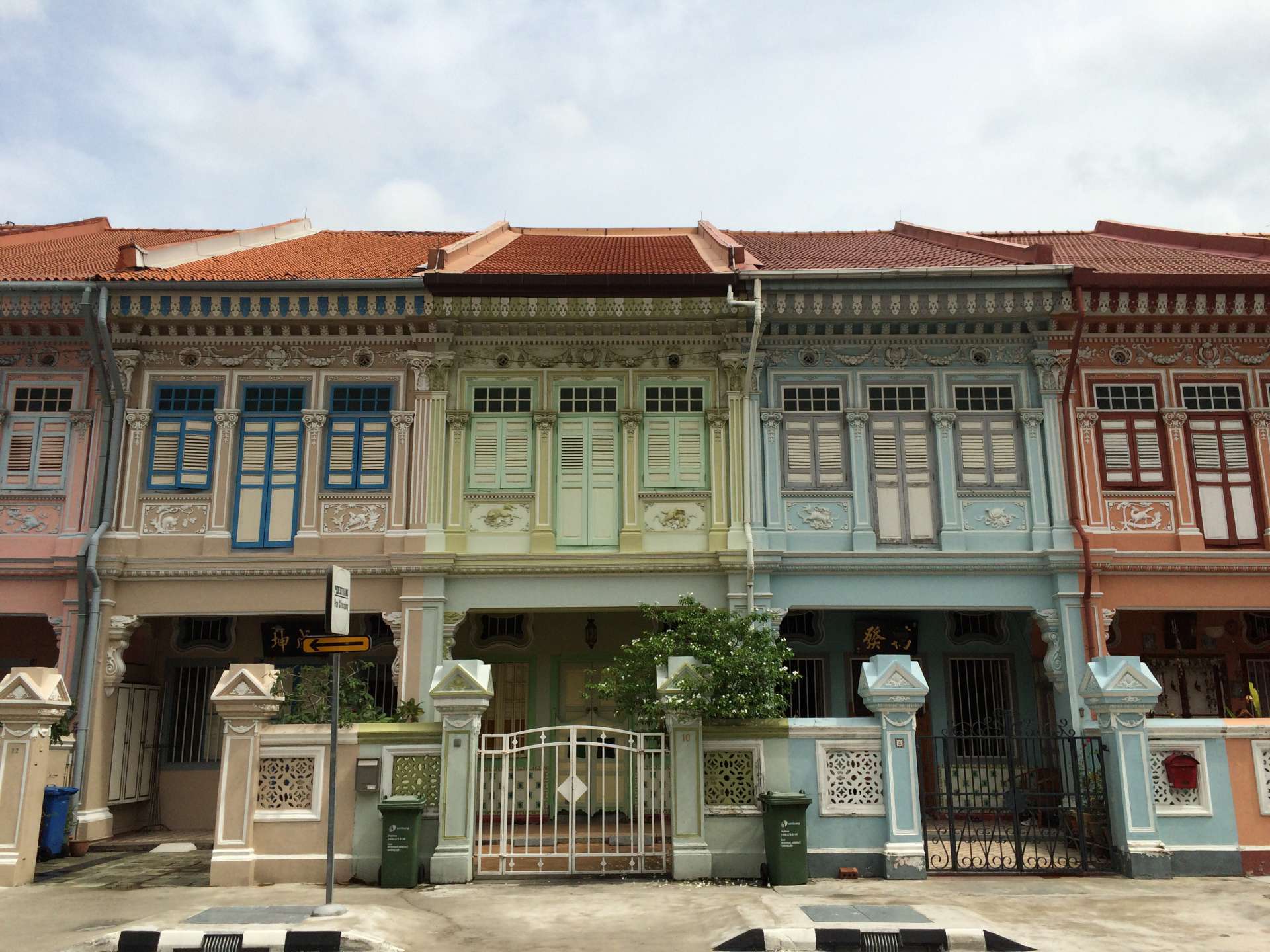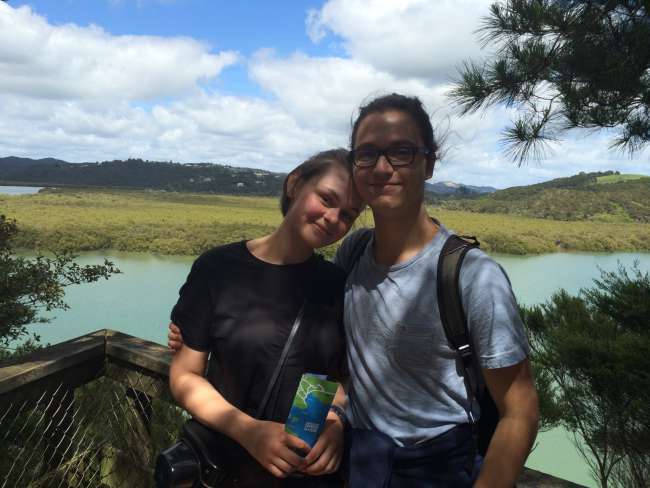The 'Baltic Sea' of New Zealanders
Pubblicato: 16.05.2017
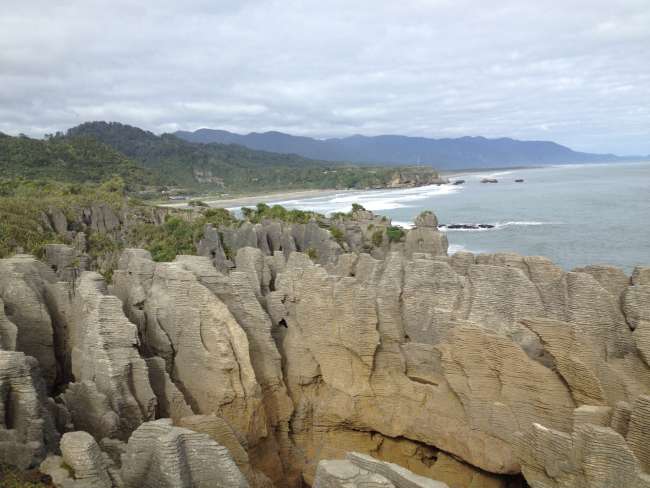
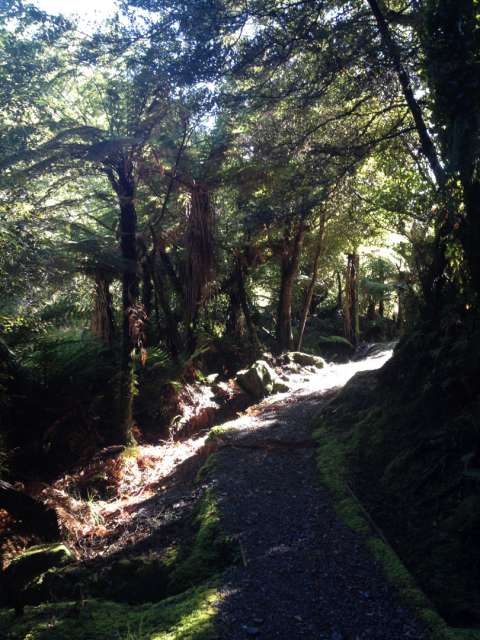
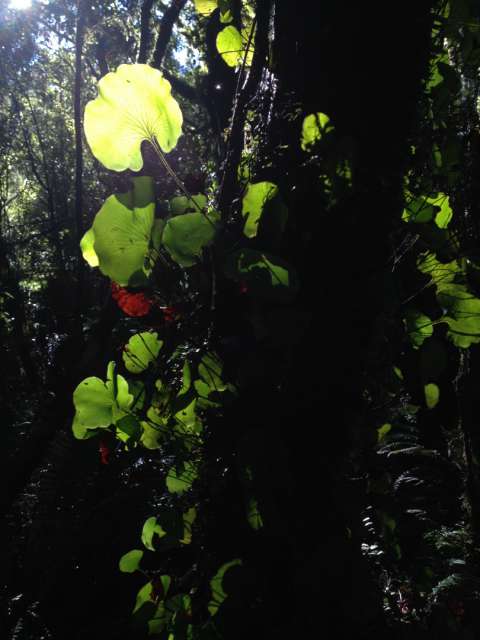
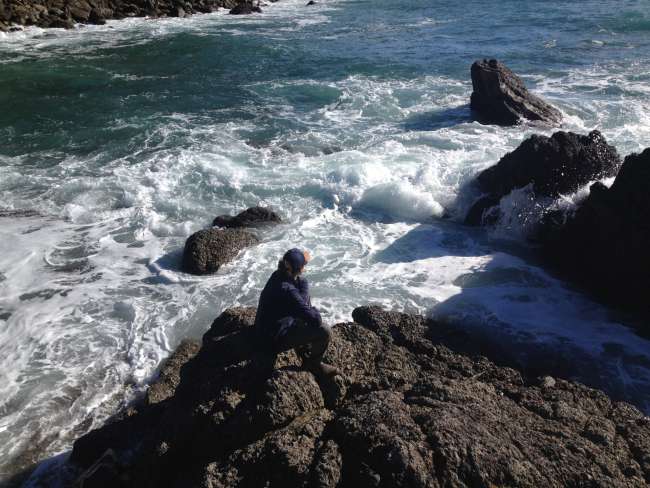
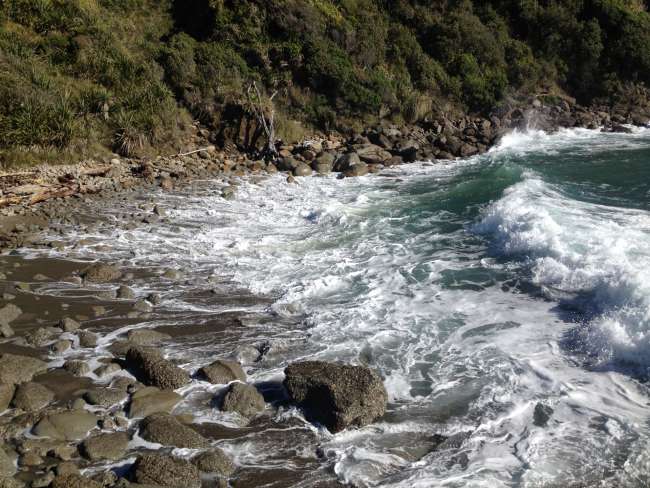
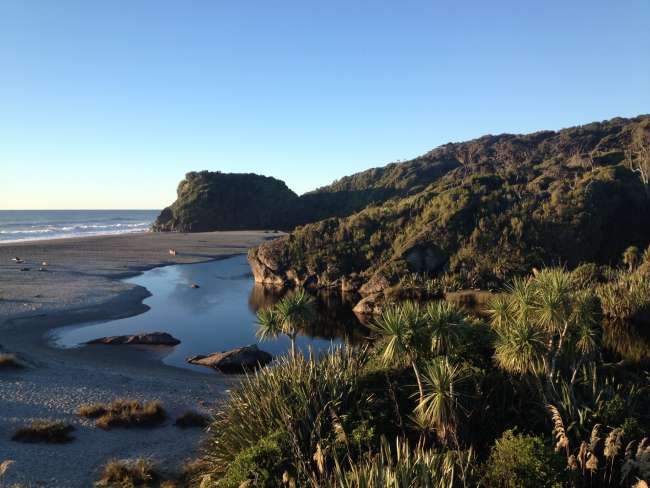
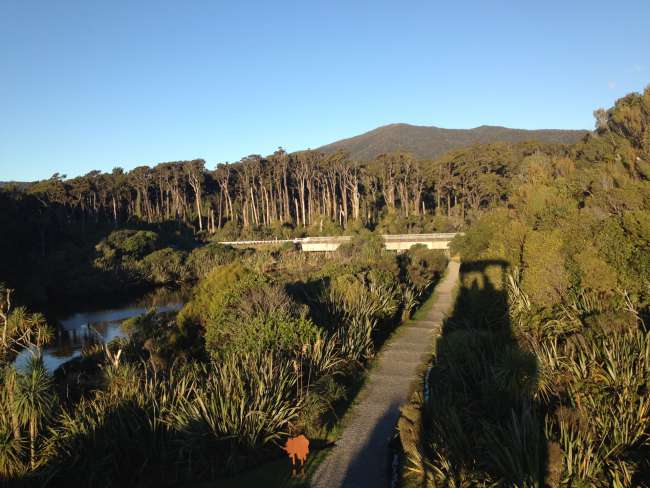
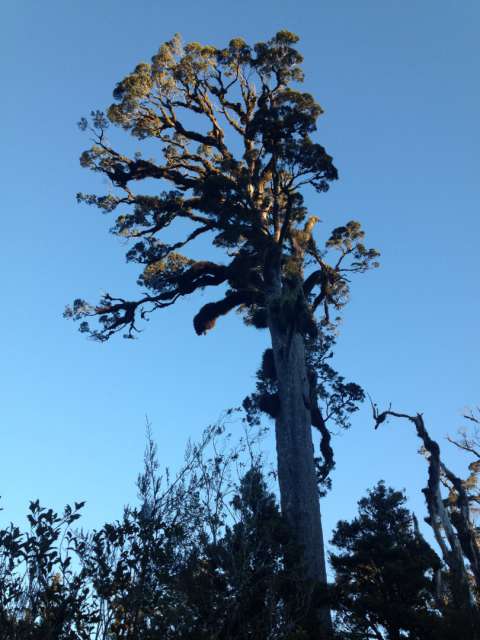
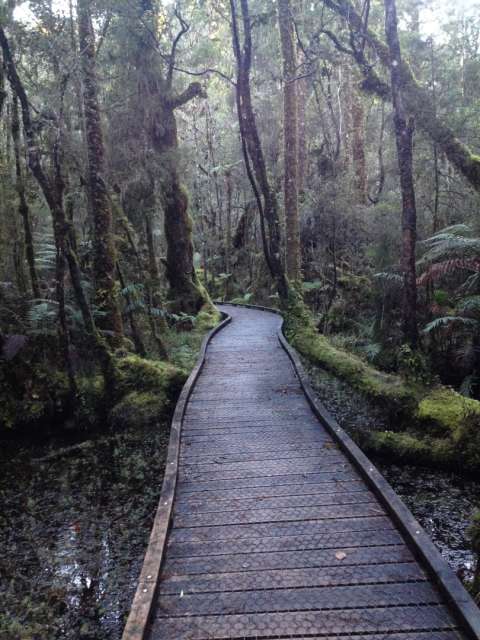
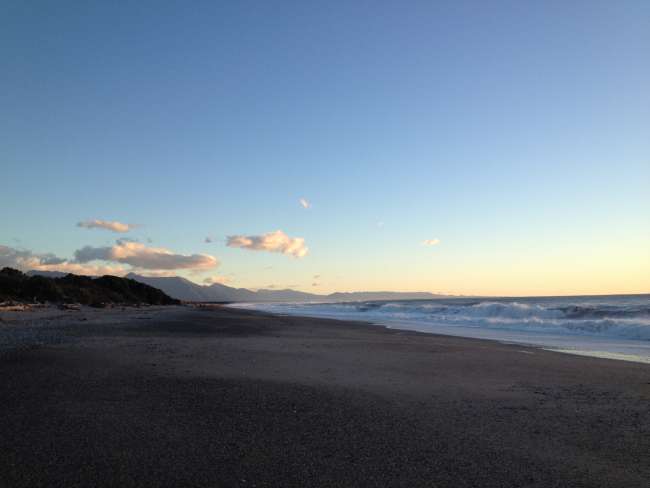
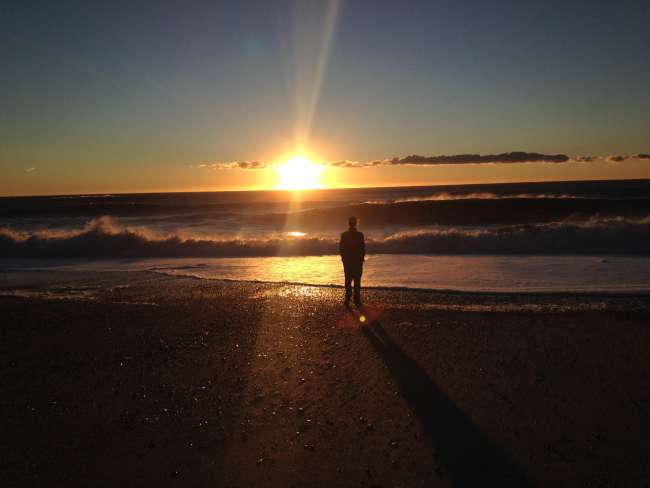
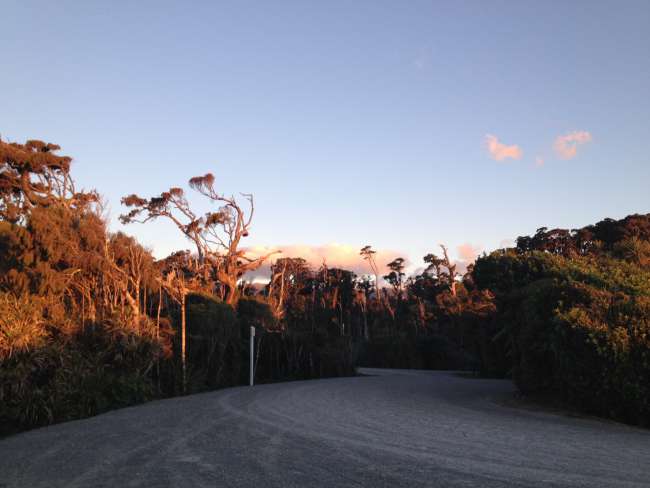
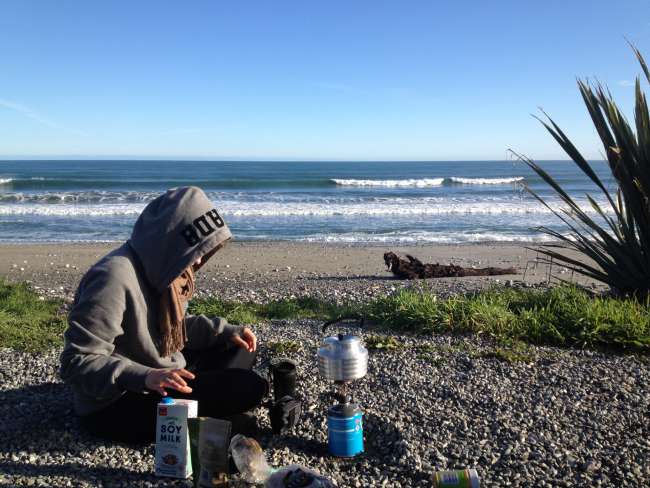
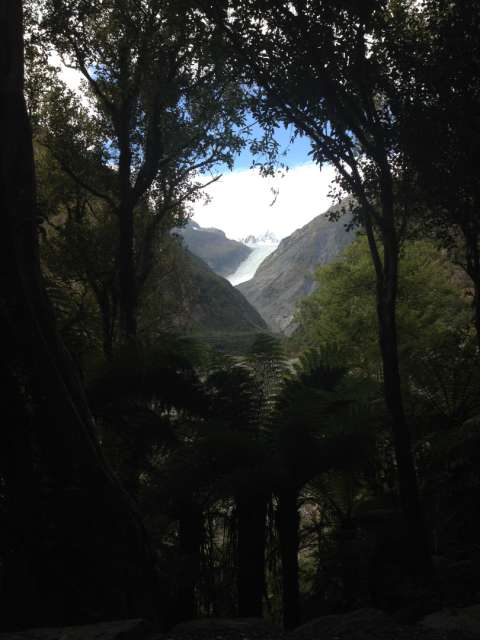
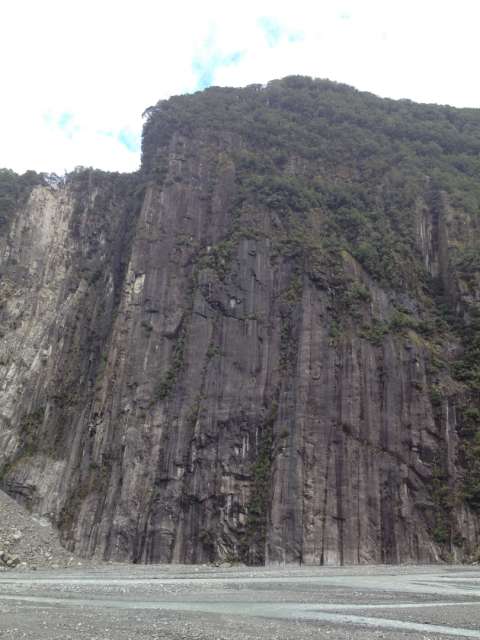
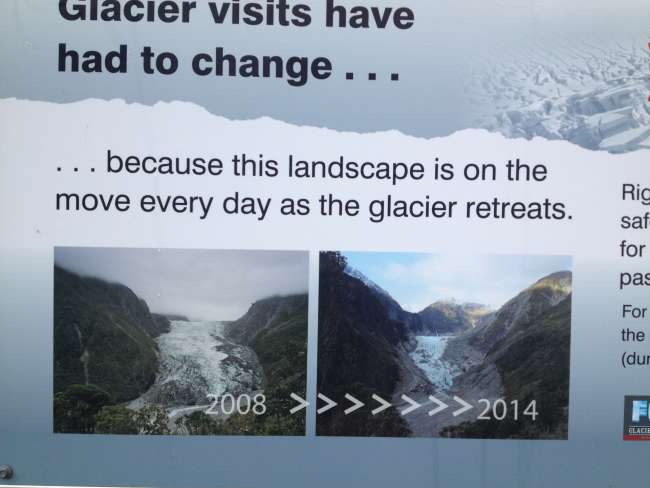
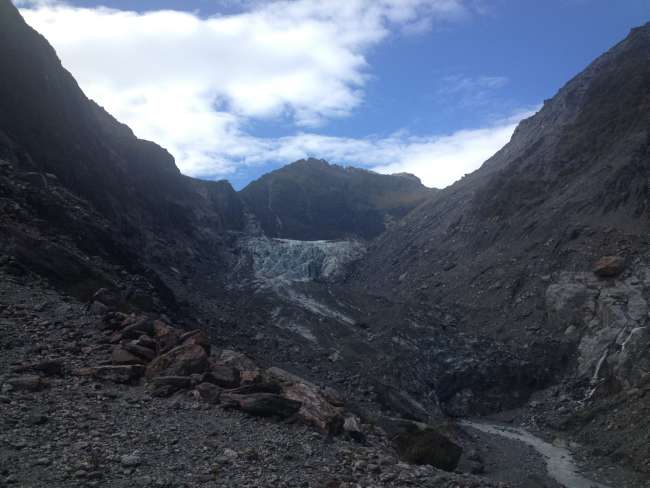
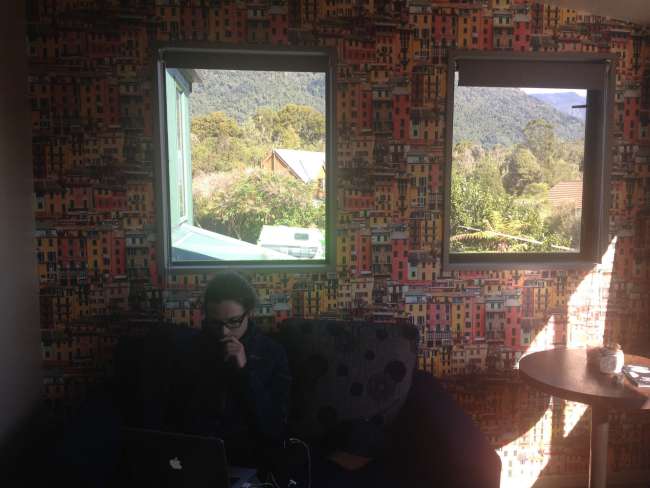
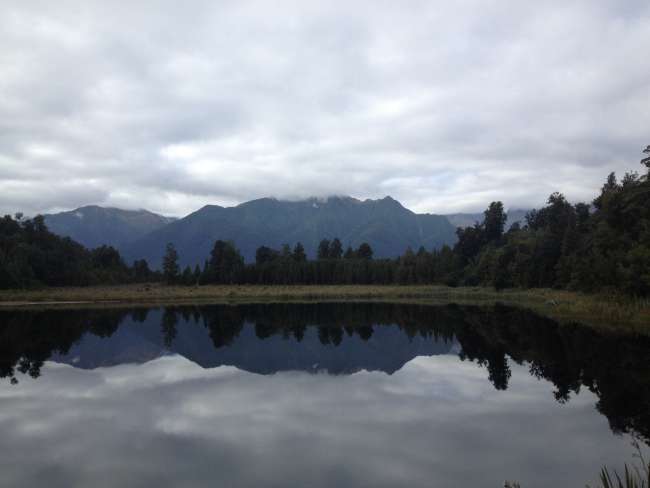
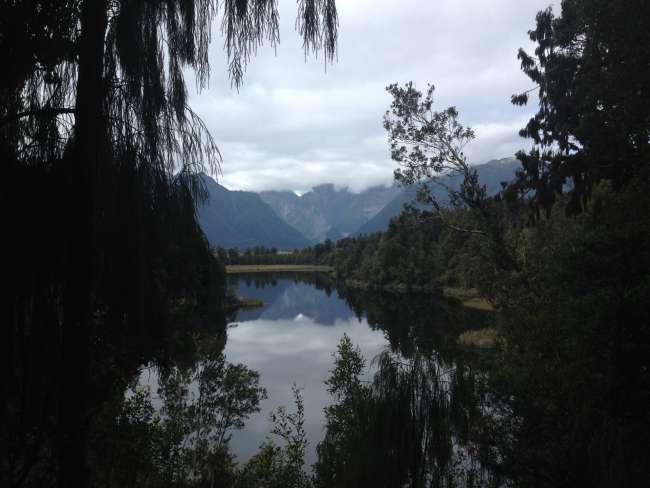
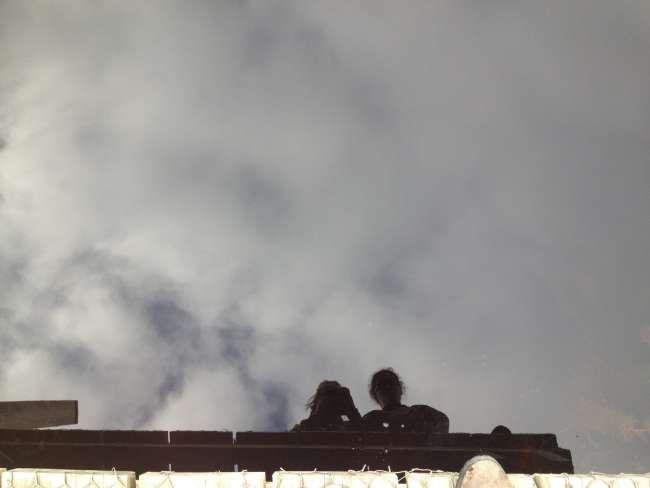
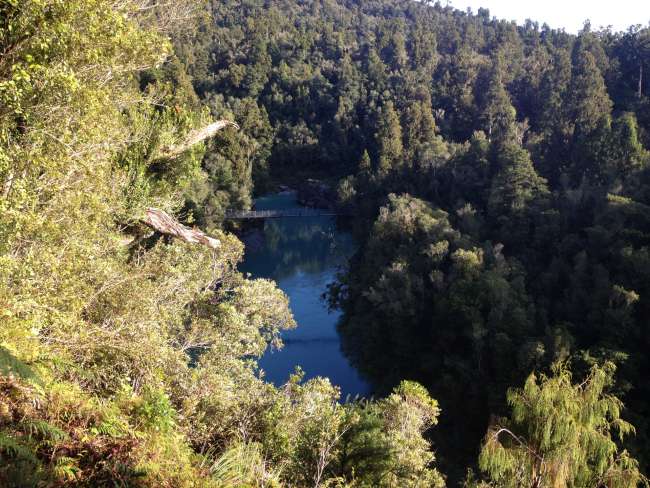

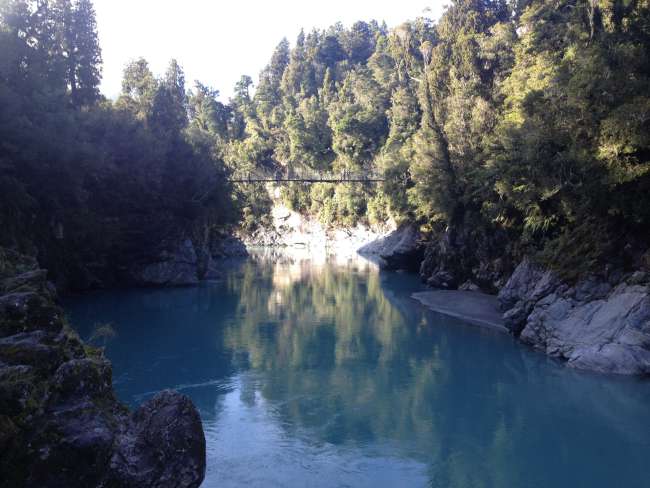
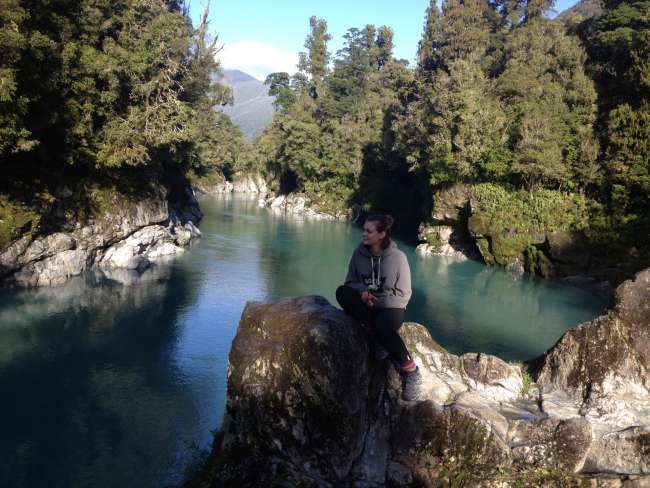
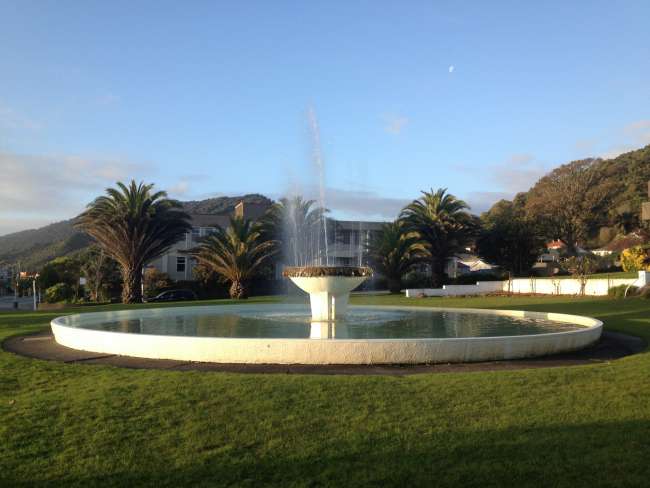
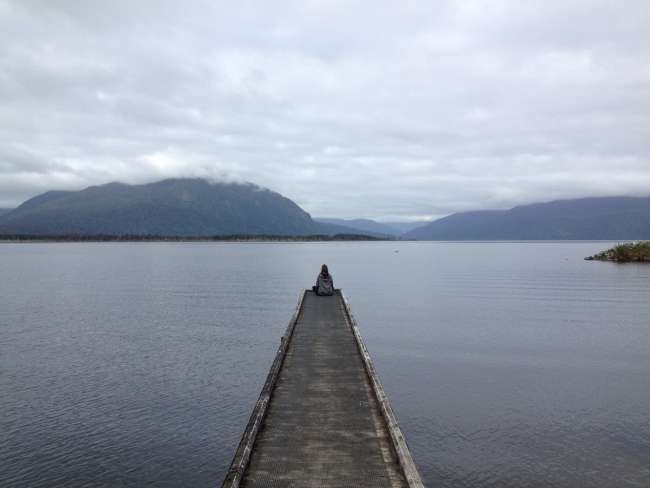
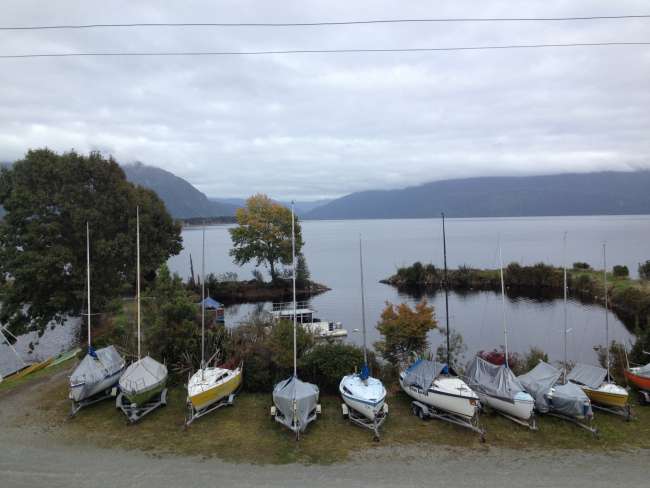
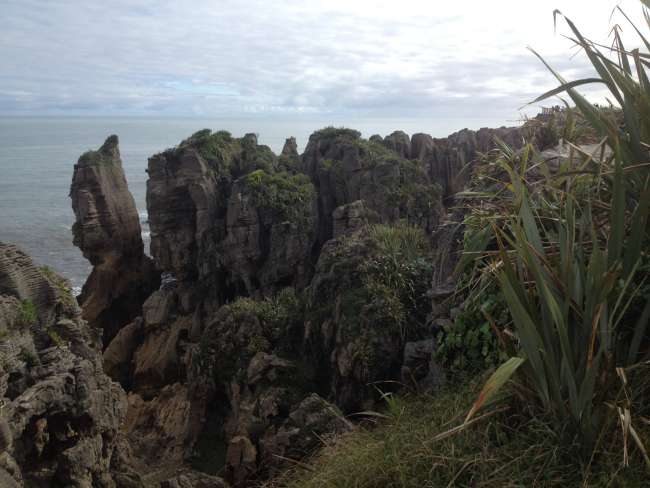
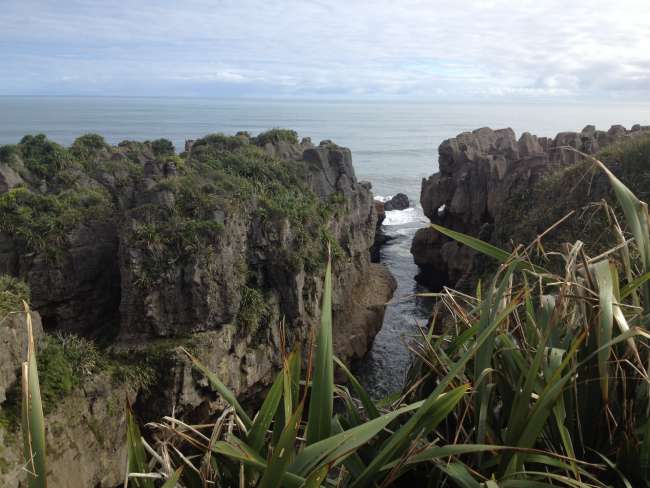
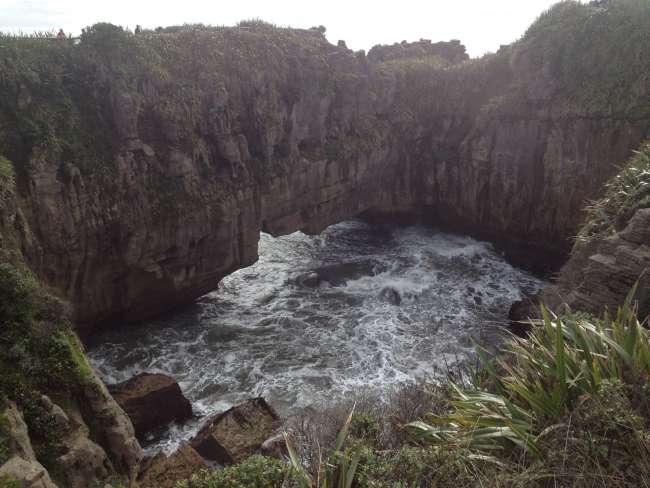
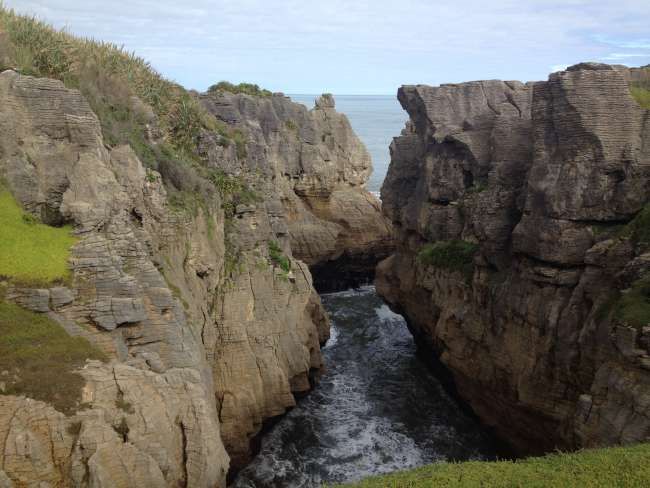
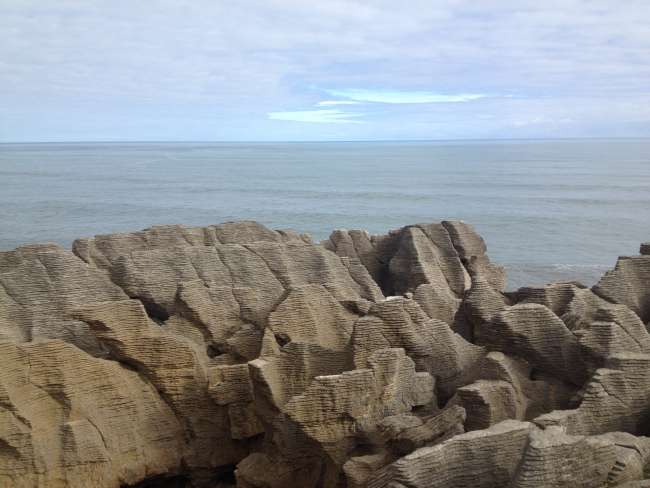
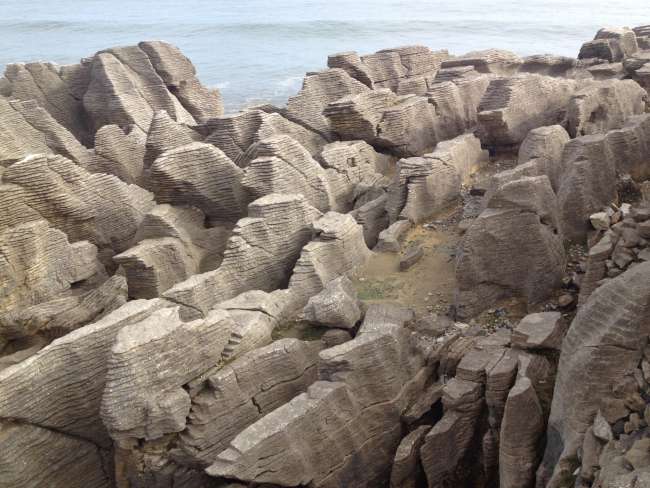
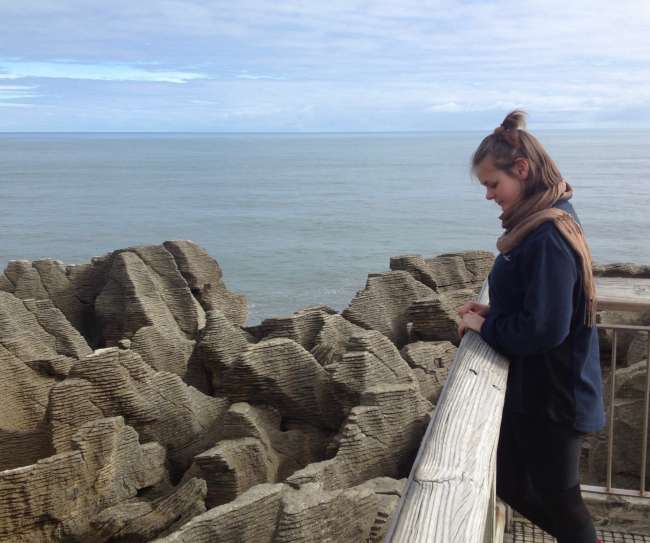
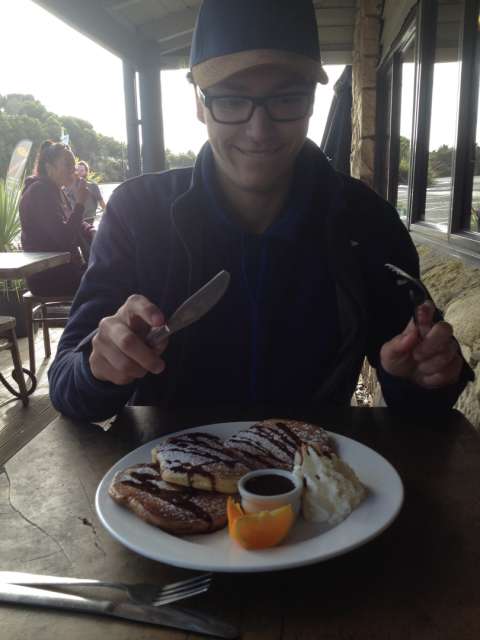
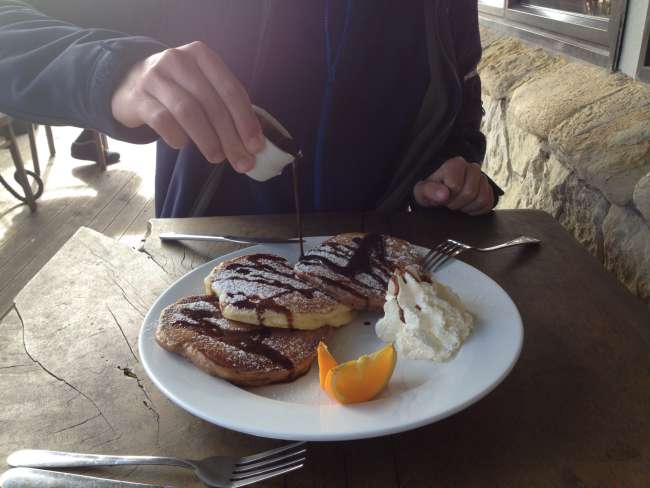
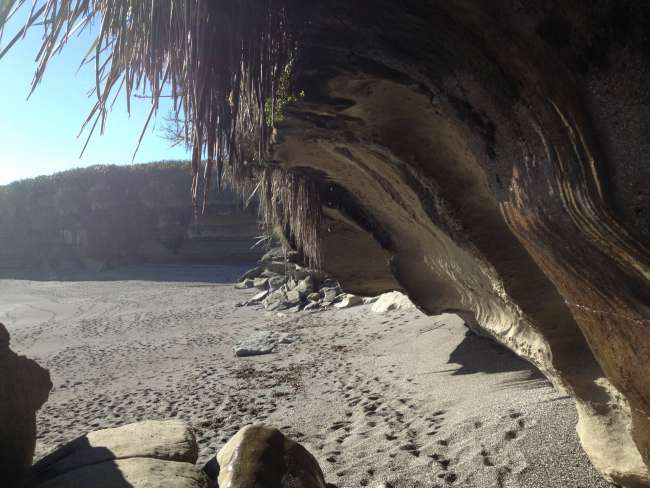
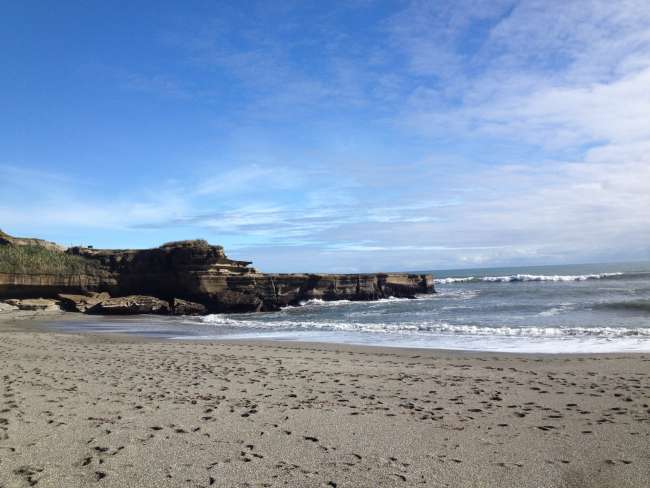
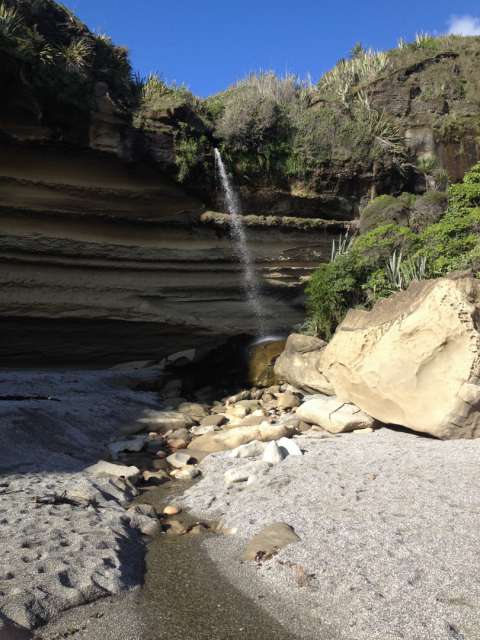
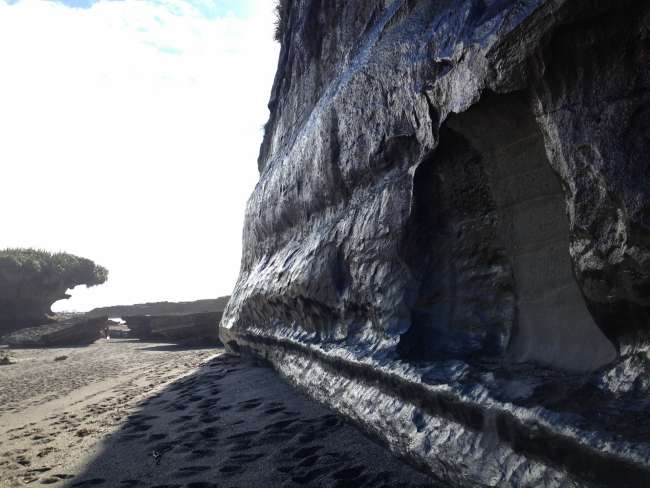
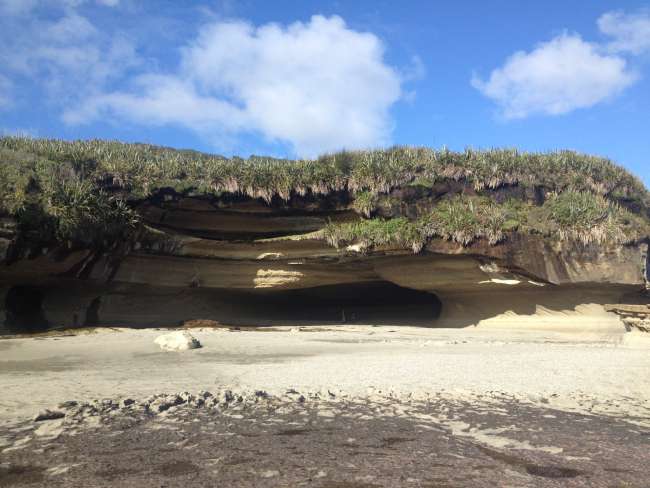
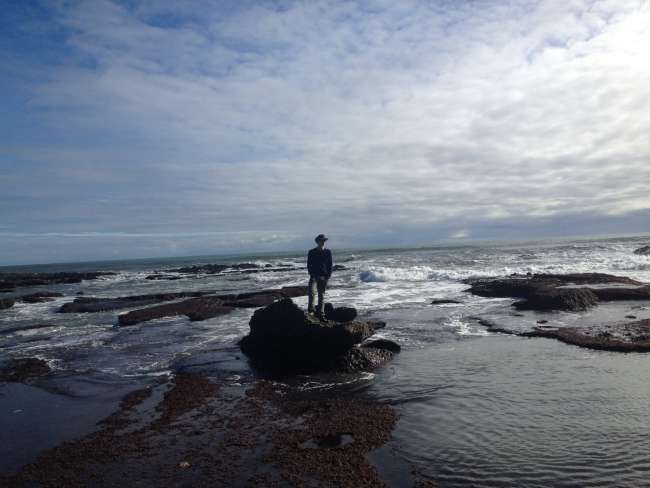
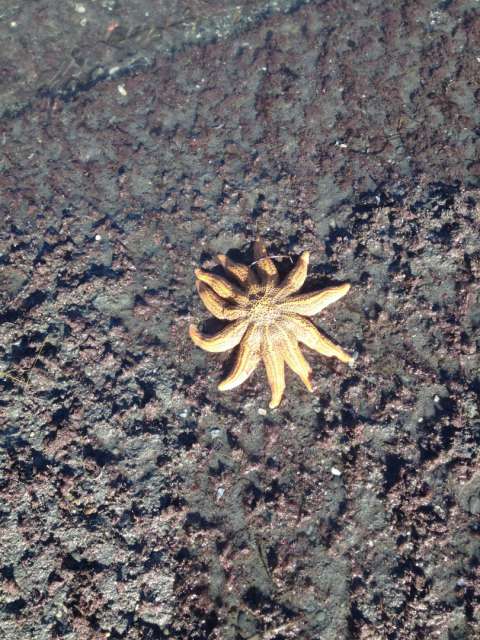
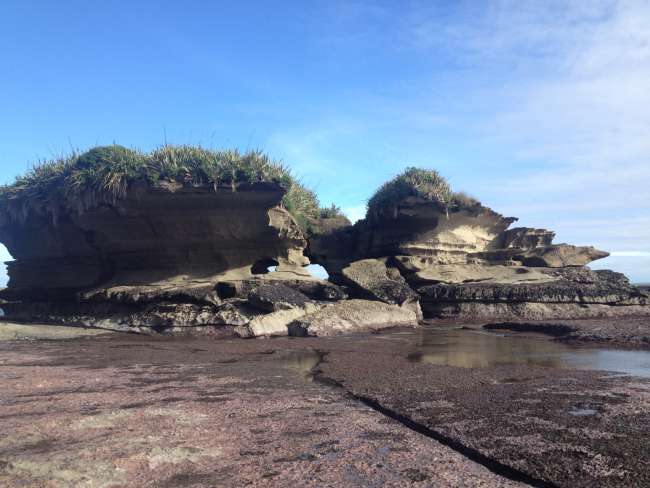
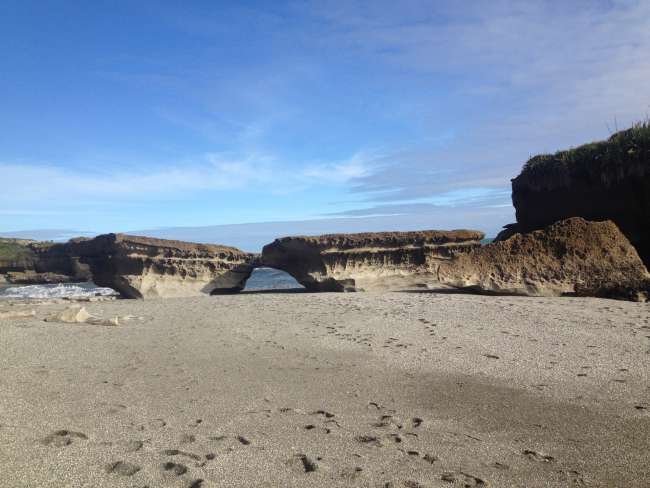
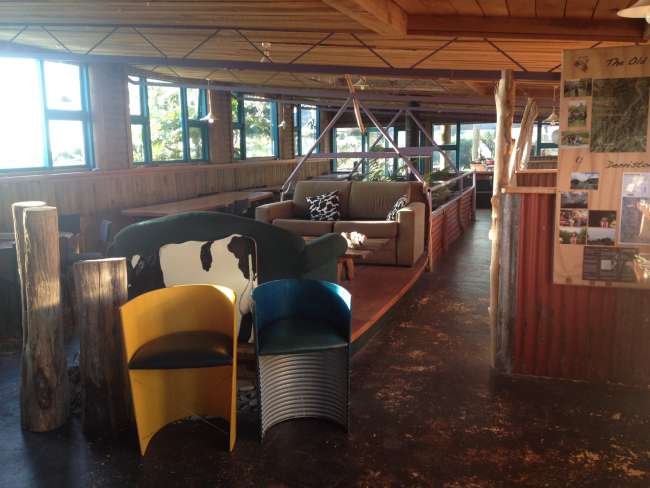
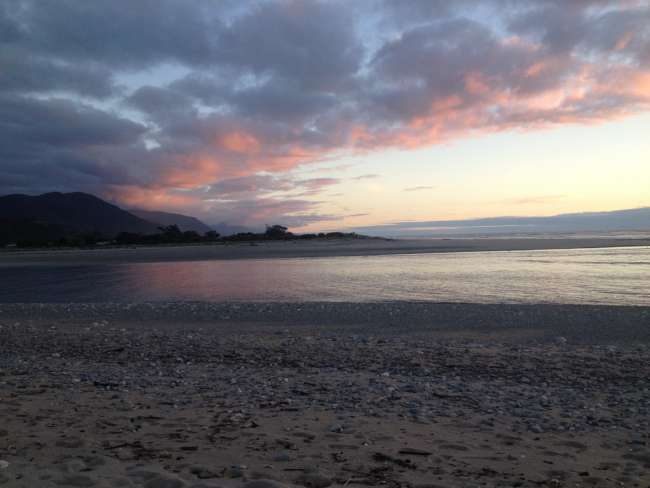
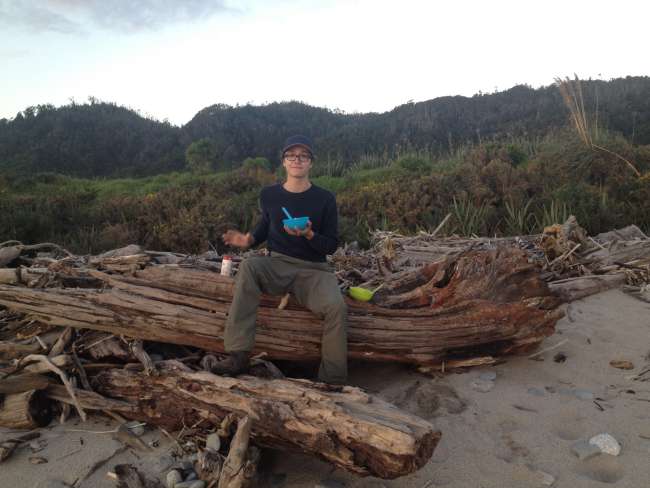
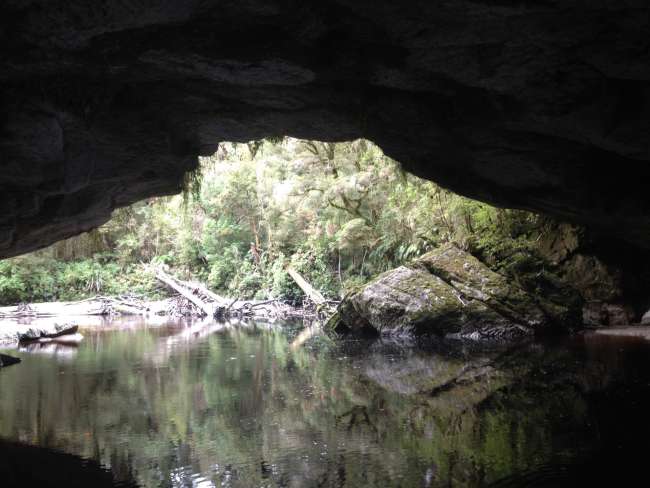
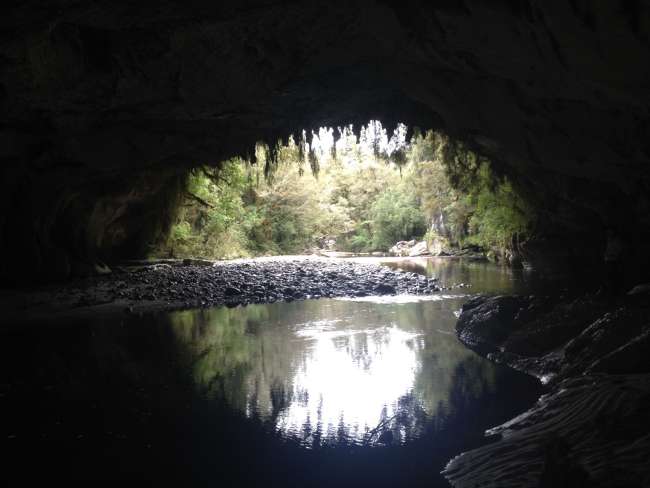
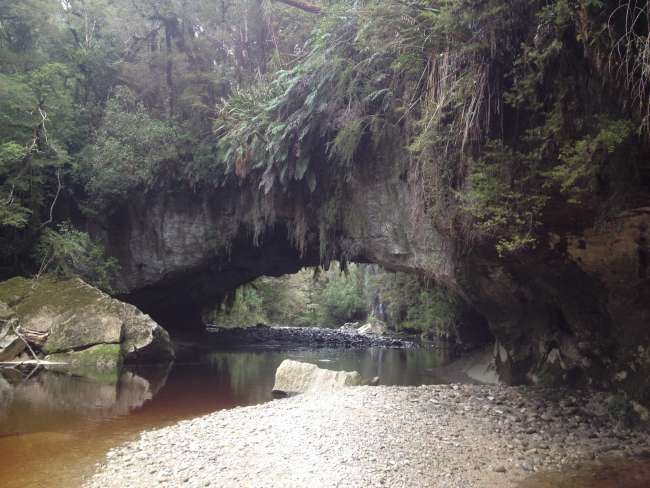
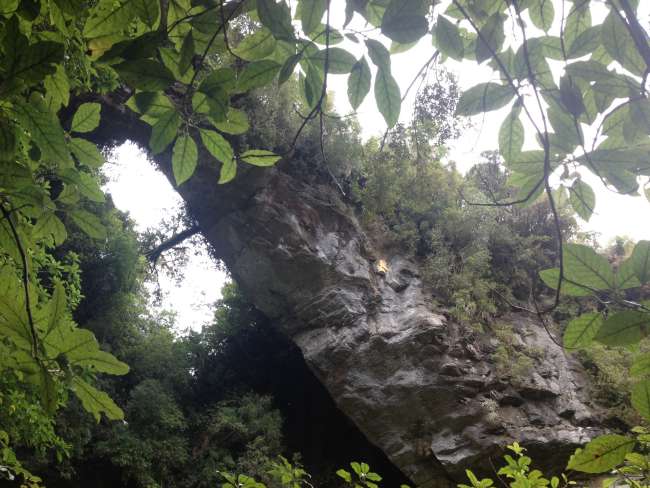
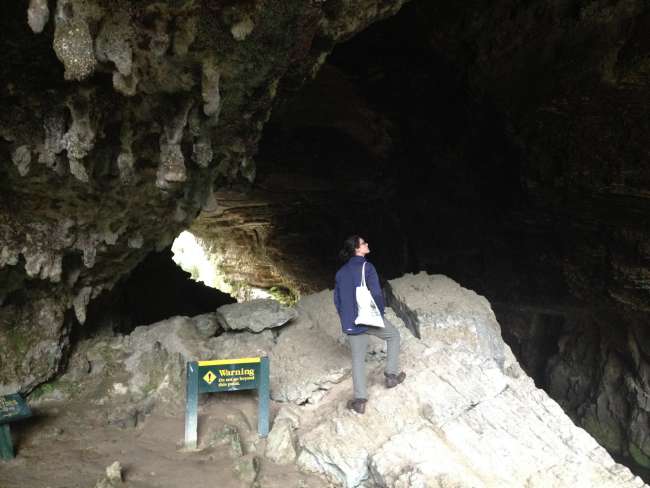
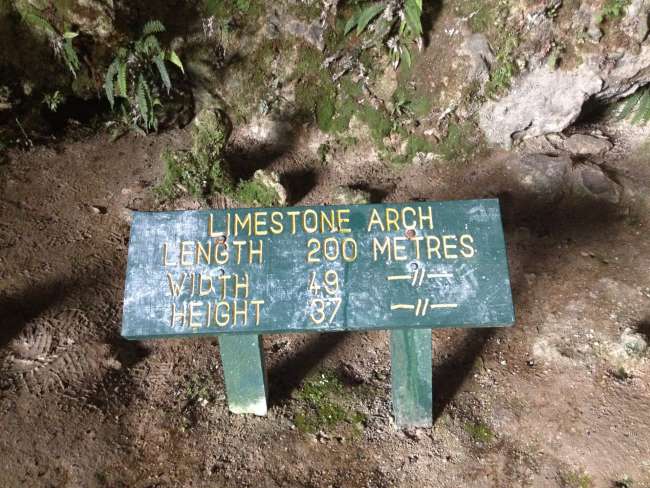
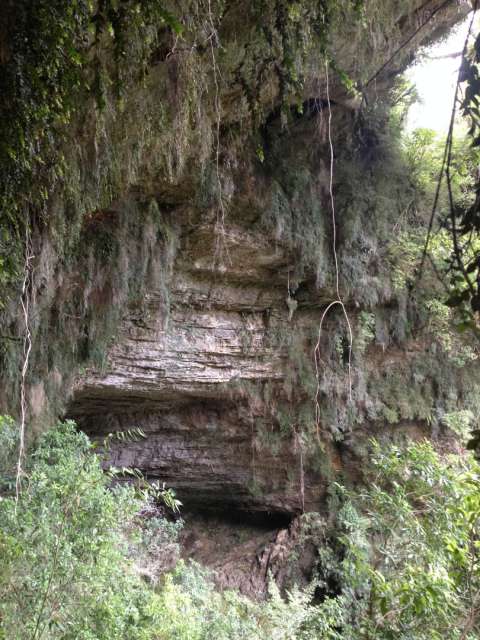
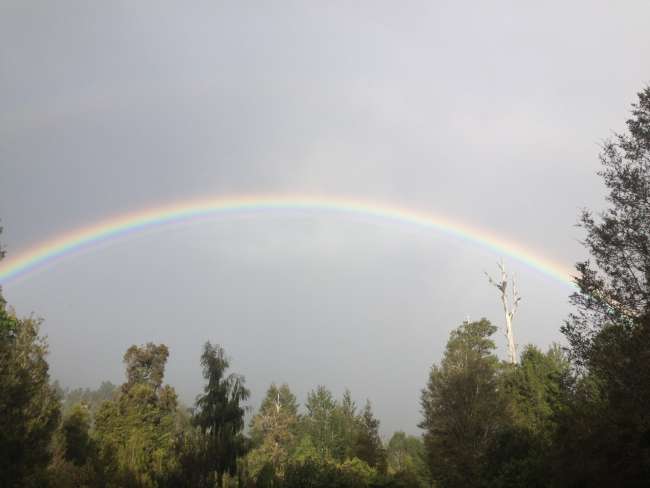
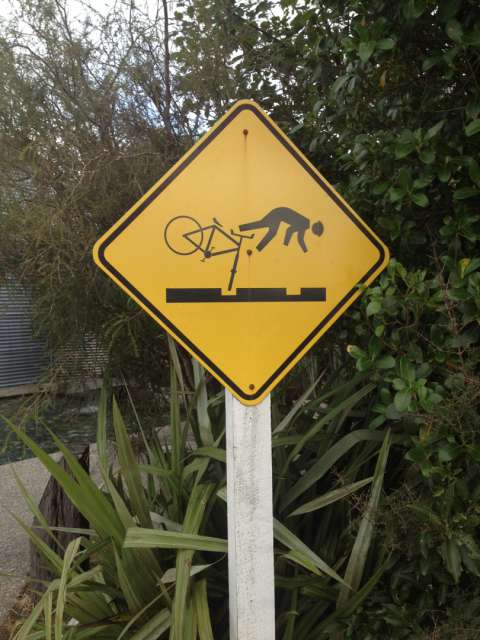
Iscriviti alla Newsletter
So there it was. The West Coast. The place where even New Zealanders go on vacation - the Baltic Sea of New Zealanders, so to speak.
'Untamed natural wilderness' is the 'slogan' of the West Coast. It is printed on t-shirts and adorns brochures and basically anything else that can be printed and marketed. In addition, the official West Coast brochure says: 'Some call us stingy because we claim so many natural wonders for ourselves' (including the world's only glaciers that lead through rainforests as well as countless dream beaches and bays). Wow... After hearing so much good things (also from our colleagues back then in Akaroa), we could hardly wait to explore this legendary green place ourselves.
However, our first impression was rather disappointing. Our path had led us via 'Haast Pass' through the Southern Alps directly to the small town (rather a 'crossroads') Haast, in the sins of the West Coast. Summary: Small, backward, and full of unfriendly people. But New Zealand is not known for its cities, so we set out (after our mandatory visit to the ISite) to take a closer look at the Haast area. Our path to the southern 'Jackson Bay' led us mainly through natural rainforests, and we soon understood why this area is part of the 'UNESCO World Heritage' and is of equal significance to the 'Great Barrier Reef' and the 'Himalayas'. But when we were attacked by a particularly vicious group of sandflies (the most hated inhabitants of the West Coast), we quickly made our escape. They are probably the only downside of the West Coast - apart from the rain, of course. But since there is no rainforest without rain, you can easily overlook that. But still, the weather held on...
We rounded off our visit to the 'Haast Heritage Area' with a walk through a swamp (where we learned, among other things, that most of the deforested rainforest in New Zealand in the 19th century was used for milk packaging - what a shame) and a dreamy sunset, and continued our journey on the West Coast.
Our next destination should be the 'Glacier Country'. Since we had decided against a glacier tour with a helicopter flight (thus saving about $1000), we decided to at least take a look at the largest glacier in the country. Kilometers before we reached the 'Fox Glacier', signs with the inscription: 'In the year such and such the glacier reached here' pointed to the enormous retreat of the glacier in recent centuries. Climate change has done its work once again. Sad but true (also because it would have saved us a lot of walking... okay, kidding aside).
The path to the glacier viewpoint was also a different kind of experience. Everywhere there were signs with cut-out horror newspaper articles and poorly photographed staged scenes that pointed out the dangers of this area. In addition, there were marked zones where you were not allowed to stand - because otherwise, you would be hit by a rock or something (not scary at all...). But we managed to get back into our car safely and without any rockfall and made our way (with another great New Zealand experience in tow) to the town named after the glacier, 'Fox Glacier'. There we spent the night for a change in a hostel parking lot - and were promptly reminded (in the form of a loud annoying group of Germans) why we usually try to avoid hostels. Nevertheless - having a kitchen, electricity, and warm showers right there had its advantages. At night, we were then terrorized by a Kea, who seemed to take out all of his accumulated frustration of the past few days on our car antenna and Richard's shoes...
Of course, the next morning we also had to visit 'Lake Matheson', especially known for its perfect reflection of the Southern Alps and therefore famous postcard motif and inspiration for many artists. With that, we had taken in all the remarkable locations in the area and could 'conscientiously' check off the 'Glacier Country'.
Not leaving out any West Coast highlights, our journey continued to the 'Land of Jade', Hokitika. The city is especially known for its public access jade workshops, which produce the jewelry typical of New Zealand.
Here's an example:

But first came the rain - an inevitable promise when traveling to the West Coast. And boy, did it rain! So we took refuge in the local library, mooched off the internet and electricity, and once again indulged in our neglected 'duty' as loyal internet users over the past few weeks. Let me put it this way: we watched a 13-hour series complete in two days. But when it cleared up again, we took a trip to the 'Hokitika Gorge' and thus balanced out our sedentary lifestyle (Listen up, parents...). The gorge is especially known for its milky turquoise water and is an absolute 'must-do' on the West Coast.
Continuing our way up the coast, we passed through the cities of Greymouth and Westport (which are not noteworthy), and made a detour to 'Lake Brunner'.
Onwards to the 'Punakaki Pancake Rocks'. Finally. We had been looking forward to this very special New Zealand attraction for days. And it was just as impressive as it sounded! Millions of years ago, something emerged here through overlays and uplifts (please insert complicated geological terms here... you know, I dropped Geography!). It reminds many of a stack of large pancakes. Crazy, this New Zealand! Could it be topped? Yes, it could! Because at the foot of the rocks, you could spot a small group of dolphins, but no one seemed to notice except us. To top it all off, we paid a visit to a nearby beach where the sea had formed bizarre caves and formations in the surrounding sandstone cliffs.
With that, our journey along the West Coast was almost coming to an end. But one item was still missing on the long list of 'West Coast Greatest Hits', a visit to the 'Oparara Basin'. The basin is particularly known for its collection of numerous limestone caves and arches that can be explored with a guide or on your own. Let me describe this experience this way: you're casually walking through the forest, and suddenly, like out of nowhere, a 200-meter-high limestone arch appears in front of you... just like that! We also visited a few other limestone arches, marveled at the 'tea-colored' rivers (the special color is caused by fallen leaves that give the water that unique brown hue... by the way, the water comes from the tap! It doesn't look like it, but it's drinkable...) and ventured into two pitch-black caves... but not very far.
Our very own little highlight this time, however, was not a great natural wonder but a campsite! Formerly a café, 'The Cowshed' is now made available as an affordable campground by the owners. Apart from great, lovingly furnished rooms and a very friendly owner, the fantastic location in complete seclusion and right on the beach was a big plus!
And that's it, our journey along the West Coast. Sometimes it felt like we were ticking off an imaginary list of 'Must Dos' and doing it at a record pace. Maybe that's also noticeable in the tone of this blog post. But this 'fast traveling' was mainly due to the steep prices of the campsites. There was nothing under $10 per person. That's why we didn't want to stay at one place longer than necessary. Nevertheless, we had a great time and, as always, are richer in a backpack full of experiences and great impressions!
Maggi&Richi, Tuesday, May 23, 2017, Wellington 10:09 PM
Just four days until touchdown...
The countdown is on...
Iscriviti alla Newsletter
Risposta (1)
Daniel
Euer Blog wird uns fehlen... Am besten ihr führt ihn einfach weiter, auch wenn ihr in Deutschland seid...
Rapporti di viaggio Nuova Zelanda
